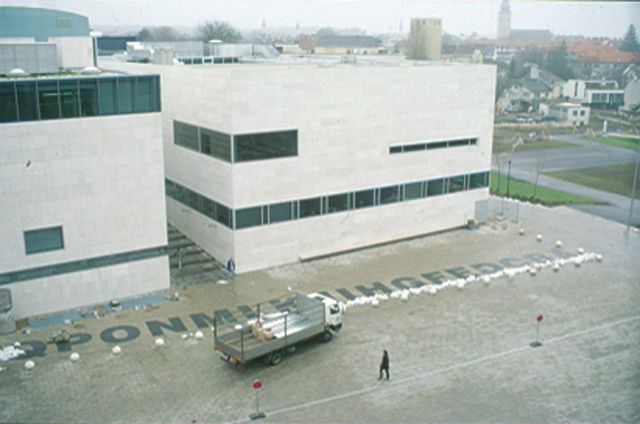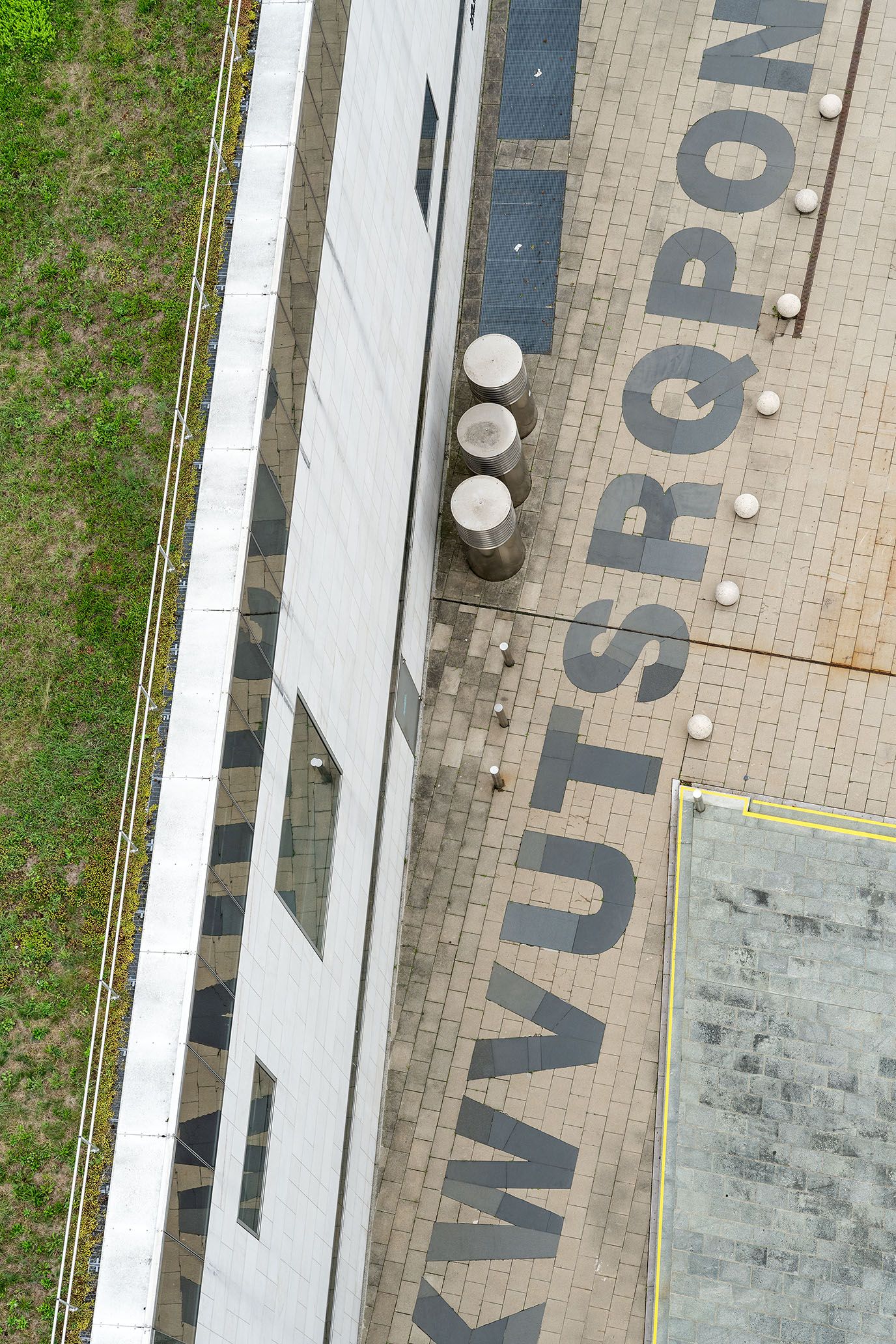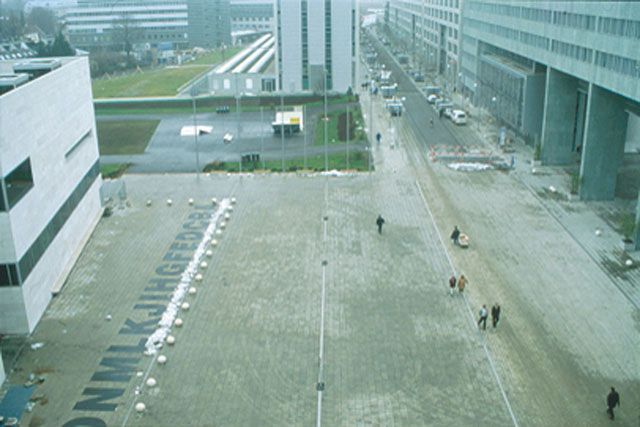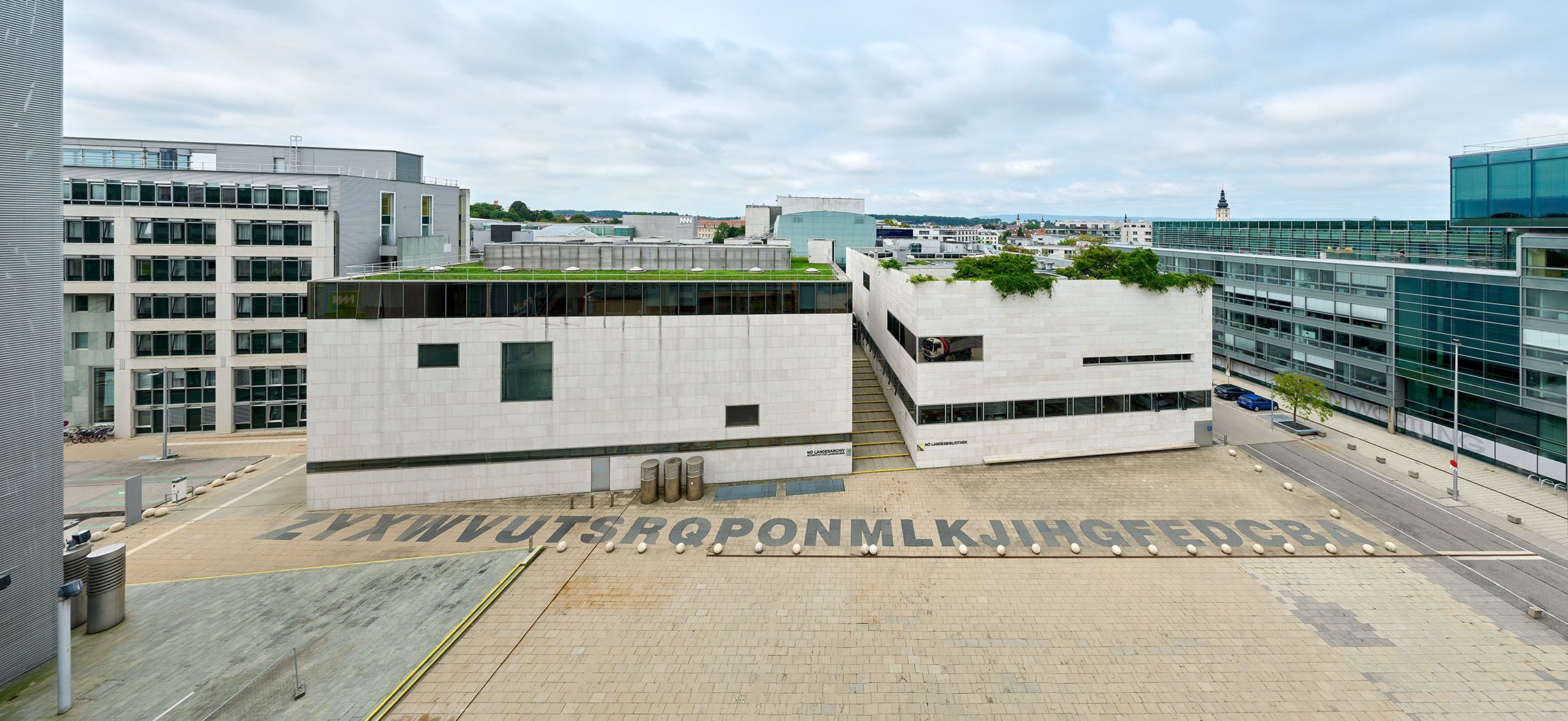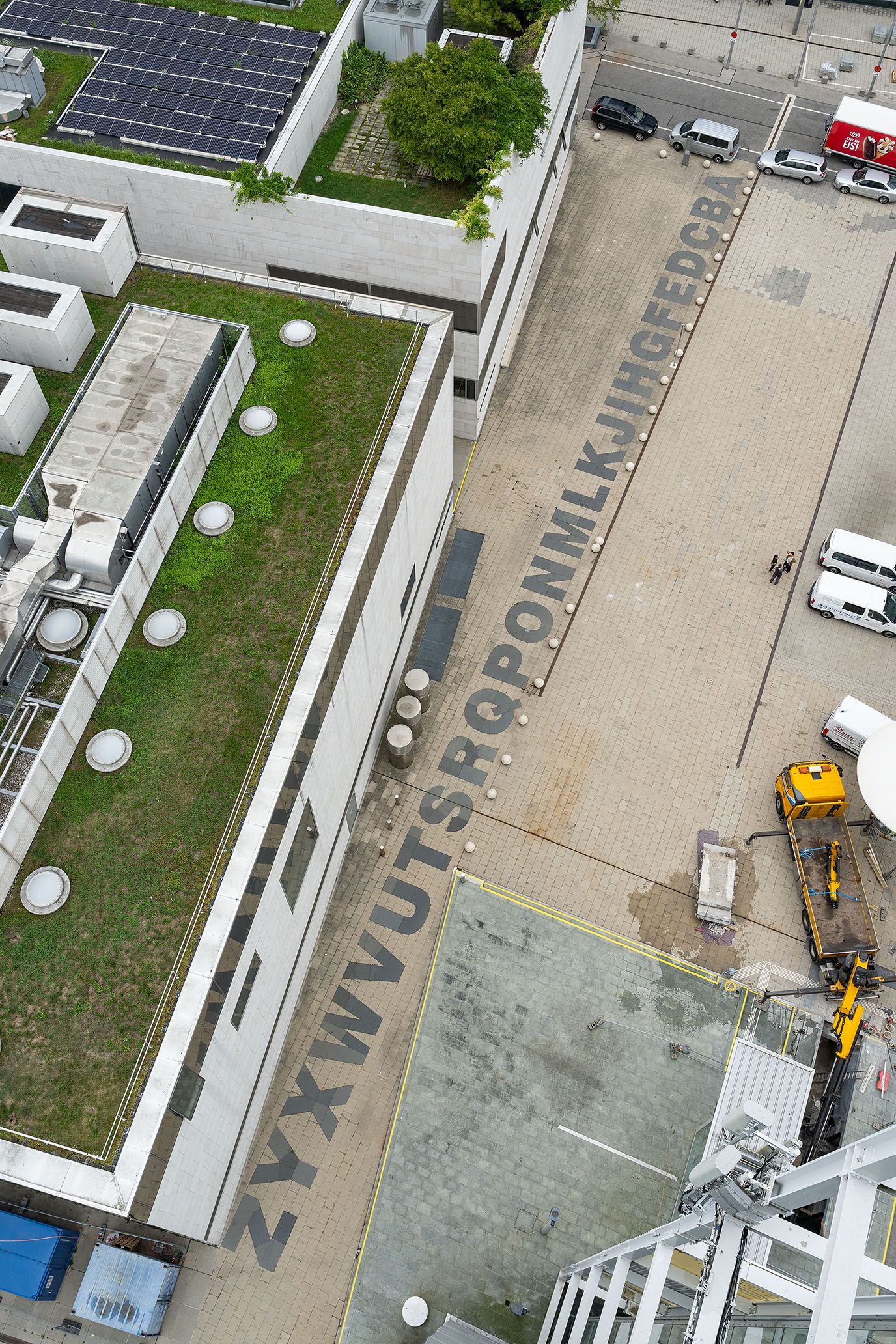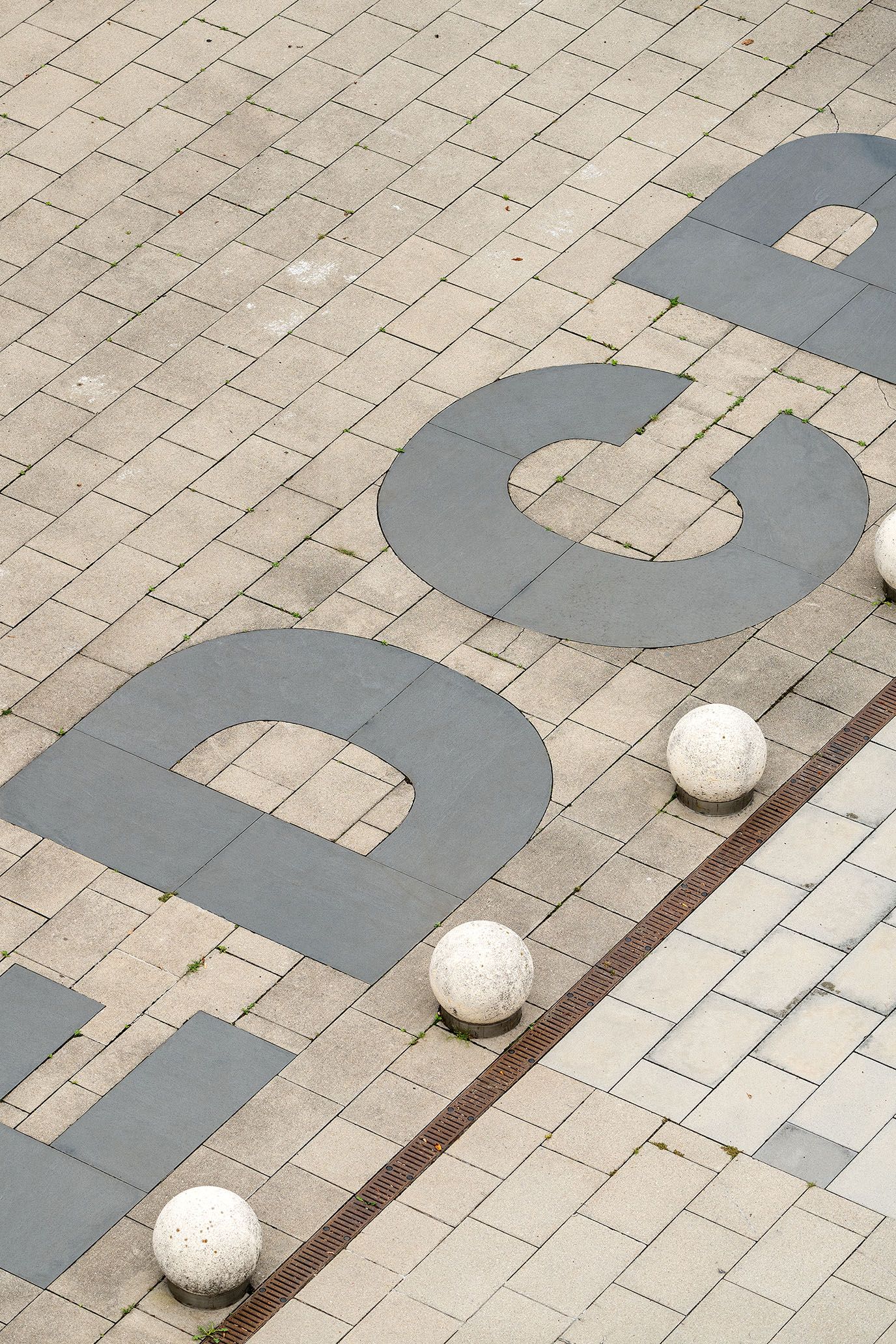Heimo Zobernig
:
Alphabet
Back
Information
The two-stage competition provided the background to the artistic intervention in St. Pölten, for which seven artworks by Austrian artists were recommended for realisation. These projects are by Josef Danner, Bruno Gironcoli, Richard Hoeck, Hans Kupelwieser, Christoph Steffner, Thomas Stimm and Heimo Zobernig. Five commissions for interiors were awarded directly, to Gunter Damisch, Franz Graf, Brigitte Kowanz, Eva Schlegel and Walter Vopava. The winning project in a separate competition for the design of the chapel (1995) is by Arnulf Rainer. Additional existing artworks by Franz Xaver Ölzant, Oskar Putz and Ruth Schnell are also to be found in the Regierungsviertel. Works by Dara Birnbaum and Michelangelo Pistoletto, also selected by the first jury, are not realized.
The alphabet is the grid of language, but at the same time it is also its corrective, it is the foundation and point of departure. The letter was always an accomplice of modernism. In Heimo Zobernig's and Ferdinand Schmatz's "Lexikon der Kunst" (Lexicon of Art), the alphabet becomes model and content: "...allgemein Alltag Allüre Alphabet als also alt..." is, however, used in a different ascription or contextualization - even in different works: the designation of a number of exhibition rooms by means of capital letters of the alphabet on the walls of the rooms, a piece made for a school in Vienna. And finally the alphabet in St. Pölten, that was selected by the jury together with six other projects. The work is one of the few "curated" pieces in St. Pölten (carried out by the artist together with Karl Meinhart): In front of the library there are the 26 letters from Z to A made of stone in the ordinary Helvetica front, laid in the ground. As a sculpture (and as a text) they are an integral part of the local setting. As an "architectural" position the letters are a foundation of the place whose interests it represents, thereby creating assignment and substance. Isn't the "Alphabet" basic information for the library and cultural district which it in a sense analyzes while integrating it in a larger, more all-embracing structure. It can serve as grid and corrective. From the upper stories one has a symbolic picture of it, while on the ground one climbs over the letters.

